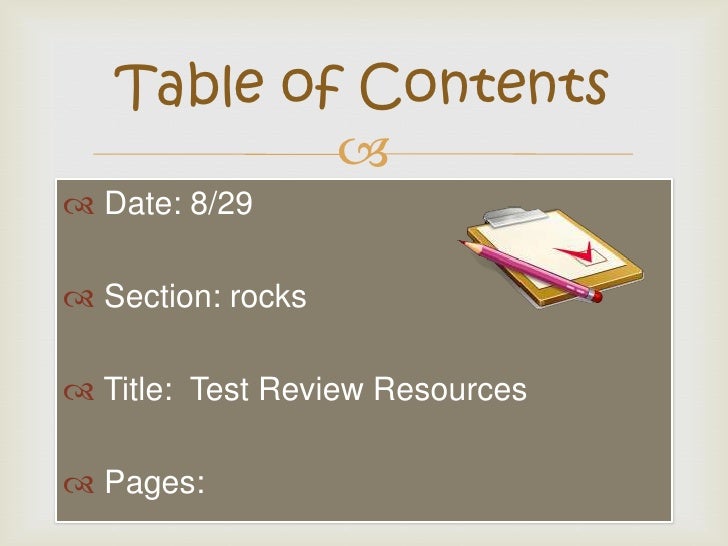

Visit the MineralsUK website for more information about economic minerals.A rock is a solid made up of a bunch of different minerals. hydrocarbons: both solid, like coal, and liquid, like petroleum.rocks like building stones and aggregates.Economic minerals are extracted from the Earth by quarrying, mining and pumping and used in a wide range of applications related to construction, manufacturing, agriculture and energy supply. The definition of an economic mineral is broader. For example granite is an igneous rock mostly made from different proportions of the minerals quartz, feldspar and mica as interlocked crystals a sandstone is a sedimentary rock that can also contain quartz, feldspar and mica, but as grains compacted and cemented into each other. Rocks are generally made up of two of more minerals, mixed up through geological processes.

BGS © UKRI.Ī mineral is a naturally occurring substance with distinctive chemical and physical properties, composition and atomic structure. Mineral specimen of chalcanthite, from the Royal Geological Society Cornwall collection. While granite intrusions did originally cool slowly at depth, uplift, erosion and weathering over millions of years mean that they can be seen on the surface of the Earth today. The pinkish minerals are feldspar, the grey, glassy minerals are quartz and the black minerals are biotite mica. This is an intrusive rock that solidified deep underground, inside a ‘magma chamber’. One such rock is granite it is described as being coarse grained is usually light in colour, with clearly visible mineral crystals. The slow cooling process allows the crystals to become quite large and easily seen. BGS © UKRI.Īlternatively, the magma may not reach the surface of the Earth and this leads to it cooling very slowly deep below the surface - maybe over thousands or millions of years! This is known as an intrusion. A flow of lava cooled down slowly, developing cracks (known as joints) that created the basalt columns. The Giant’s Causeway in Northern Ireland is an example of extrusive rock. Due to exposure to air and water it cools quickly and, because of this, the crystals that make it up are usually very small and this is described as fine grained. It can reach the Earth’s surface through a vent or fissure, when it becomes known as lava. Magma rises towards the surface of the Earth because it is hotter and lighter than the surrounding rock. There are two categories of igneous rock: extrusive and intrusive. Igneous rocks are formed by the cooling of a very hot, molten material called magma, which originates deep inside the Earth. In other cases, the accumulation of large amounts of dead plant material may, over millions of years, turn into coal, which is another type of sedimentary rock. The shells are made largely of calcium carbonate and when they are compressed they form a rock called limestone. Some sedimentary rocks are made from deposits on the sea floor that consist almost entirely of the shell fragments of dead sea creatures.

Towards the top of the picture there is a layer of sedimentary rock made up of sand and pebbles (known as a conglomerate), deposited between finer-grained (that is, made up of smaller fragments) rocks. Horizontal layering of sedimentary rocks. As the layers accumulate, one on top of another, they become buried underneath younger sediments and they become compressed into solid rock. They are often deposited in layers known as strata. Sediments are usually deposited in seas and lakes but they can also accumulate in desert environments. They often consist of sand, pebbles, minerals and mud that’s been removed from the land by erosion, carried by rivers or blown by the wind and eventually deposited. Sedimentary rocks are recycled rocks formed by the deposition of fragments of material (sediment) that have been eroded and weathered from other parent rocks.

NGR hydrocarbons (well samples) database.Palaeontology and biostratigraphy collections.Donations and loans of materials collections.Engineering and Geotechnical Capability.Integrated resource management in Eastern Africa.Rock Volume Characterisation Laboratory Cluster.Fluid and Rock Processes Laboratory Cluster.Equality, diversity and inclusion at BGS.Environmental policy and sustainability strategy.


 0 kommentar(er)
0 kommentar(er)
